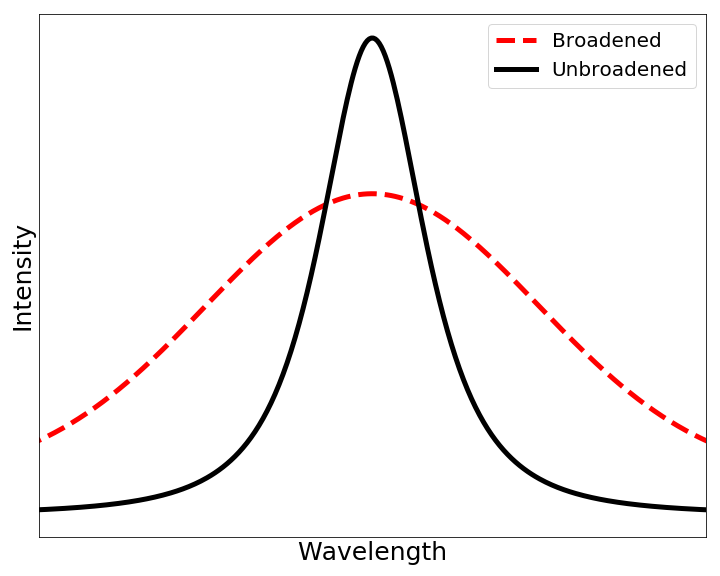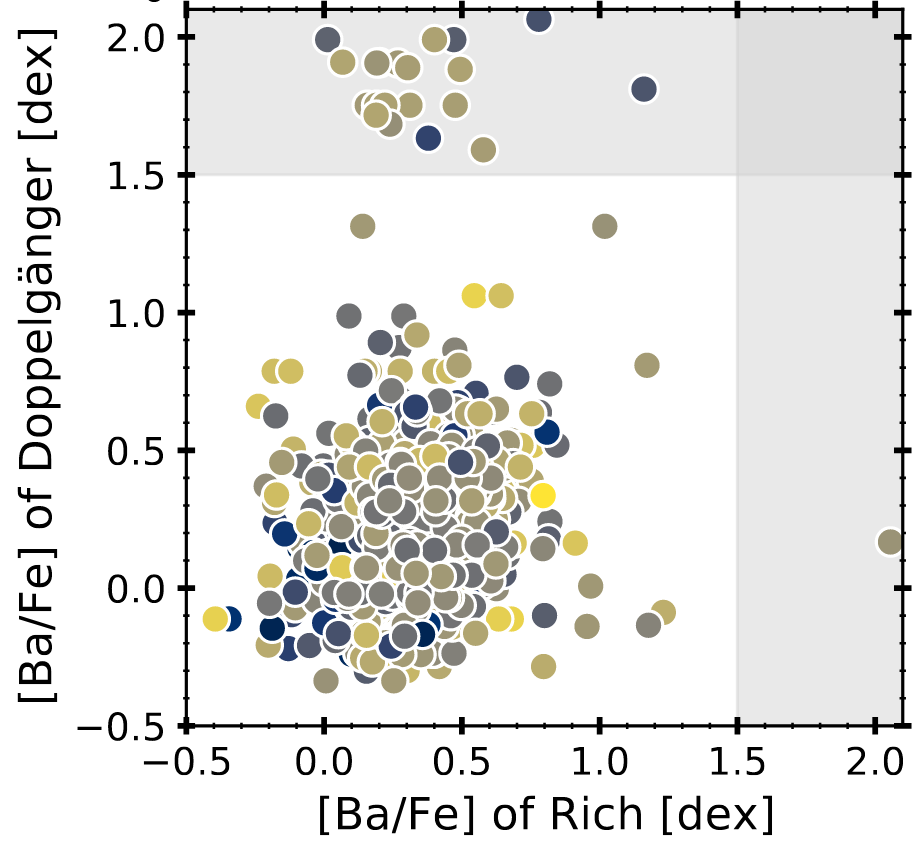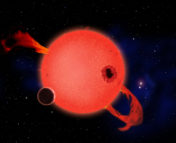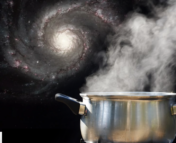Title: Many Roads Lead to Lithium: Formation Pathways For Lithium-Rich Red Giants
Authors: Maryum Sayeed, Melissa K. Ness, Benjamin T. Montet, Matteo Cantiello, Andrew R. Casey, Sven Buder, Megan Bedell, Katelyn Breivik, Brian D. Metzger, Sarah L. Martell, Leah McGee-Gold
First Author’s Institution: Columbia University, New York, USA
Status: Submitted to ApJ [open access]
Like it or not, astrophysicists are always talking about lithium. While it may seem like a pretty standard element with 3 protons and a handful of neutrons, it finds itself at the heart of many outstanding questions in astrophysics, including the cosmological lithium problem, which you can read about here, here or here.
However, lithium doesn’t just perplex cosmologists, it also pops up frequently in relation to stellar evolution. Enter today’s paper, which tries to understand why we see lithium-enriched massive stars despite the fact that most of it should be destroyed as the star ages.
Stars form from giant clouds of gas and dust known as molecular clouds or stellar nurseries. The concentration of lithium in these clouds directly determines its stellar atmospheric abundance, which is thought to remain constant throughout much of a star’s life. However, at the transition from the main sequence to the red giant phase (known as the first dredge-up), most of this lithium is expected to be destroyed. And yet, when we look at populations of stars, around 1.2% are lithium-enriched, meaning they have more lithium content than the mean at the time of the first dredge-up.
The Lithium-enriched Stars and their Doppelgängers
To try and resolve this conflict between theory and observations (a common occurrence in astrophysics), the authors of today’s paper performed a detailed analysis of two populations of stars: one made up of 1155 lithium-rich giants from the GALAH survey, and another ‘doppelgänger’ sample of 830 otherwise similar, but lithium-normal stars, controlling for parameters such as the effective temperature, surface gravity, and metallicity.

Armed with their samples, the authors approached the issue from several perspectives, analysing the stellar spectra, elemental abundances, and rotation speed, as well as the presence of binary companions.
First, the authors relied on velocity broadening data from the GALAH survey to perform a rotation analysis. When we observe a star that rotates on its axis, one side appears to move away from us, while the other moves towards us. This results in the broadening of spectral lines (as in figure 1), as the component moving away is redshifted to longer wavelengths, while the component moving towards us is blueshifted to shorter wavelengths. Therefore, by measuring how broad a spectral line is, astronomers can work out exactly how fast a star is rotating.
And what did they find? Well, it turns out that the vast majority of lithium-rich and doppelgänger stars have similar rates of rotation, but that there are twice as many fast-rotators with broadened velocities greater than 20 kms-1 in the lithium-rich group than in the lithium-normal group. Overall, this amounts to a 4% higher rate of rotation in the lithium-rich sample.
Next, the authors turned their sights to how the abundances of different elements varied between the lithium-rich and doppelgänger populations. One element that stood out was barium, the results of which are shown in Figure 2. On the y-axis is the barium abundance of a star in the dopperlgänger population, while on the x-axis is that of an equivalent star in the Li-rich population. The barium abundances are measured with respect to iron, hence the [Ba/Fe] notation, and are measured in units of dex, where 2 dex is 102 and and -0.5 dex is 10-0.5, and so on.

The shaded grey bands represent regions of the plane with enhanced barium abundances. Hence, the presence of data points towards the top left of the plot and the lack thereof in the lower right indicate that there are highly barium-enriched doppelgängers, while there is no equivalent group in the lithium-rich sample. From this, the authors conclude that the mechanism for barium enhancement in lithium-normal stars must be largely incompatible with the mechanism for lithium-enrichment. More simply, lithium-rich stars are prevented from becoming barium-enriched due to their large amounts of lithium. The authors attribute this to the barium enrichment process, namely the accretion of stellar material from a low-mass asymptotic giant branch companion, which inhibits mechanisms of lithium enrichment such as planetary engulfment or wide-binary tidal spin-up.
So, at least in regards to rotation and barium abundance, lithium-rich stars are distinct from their doppelgänger counterparts. While these results don’t go the whole way in explaining why we observe lithium-enriched stars when stellar models preclude them, it has identified some possible culprits. At least for now, there’s still plenty of lithium problems to go around.
Astrobite edited by Sahil Hegde
Featured image credit: NASA/SDO via Wikimedia Commons




